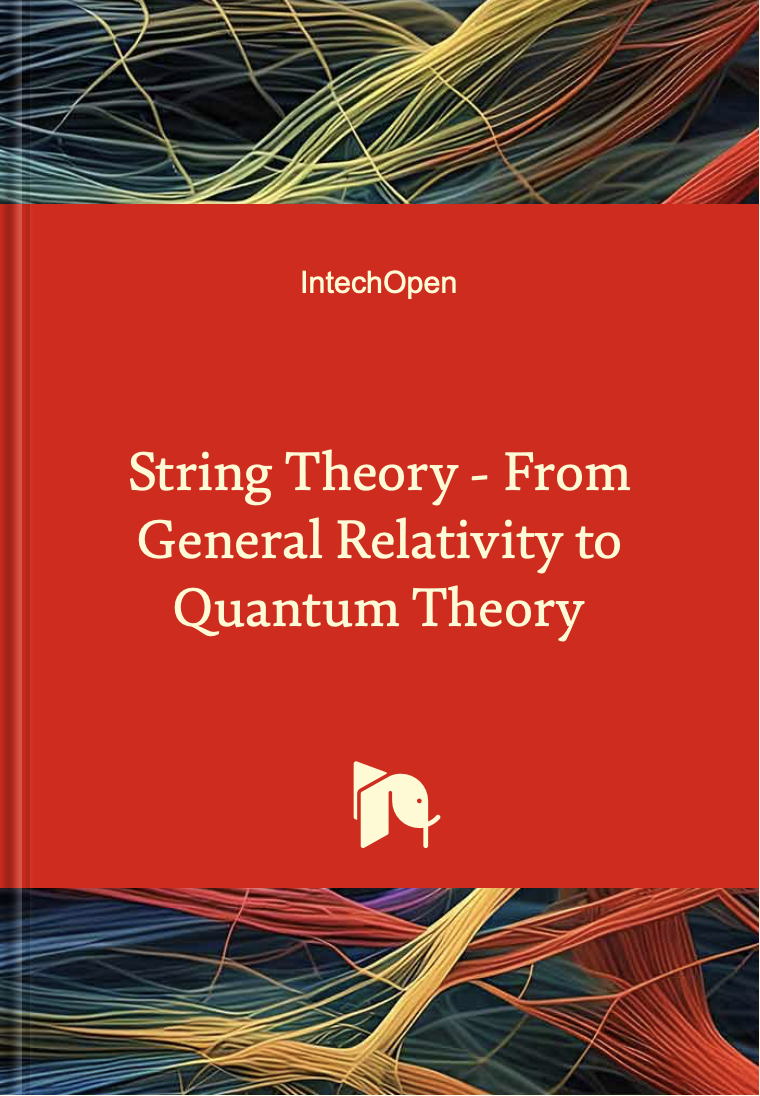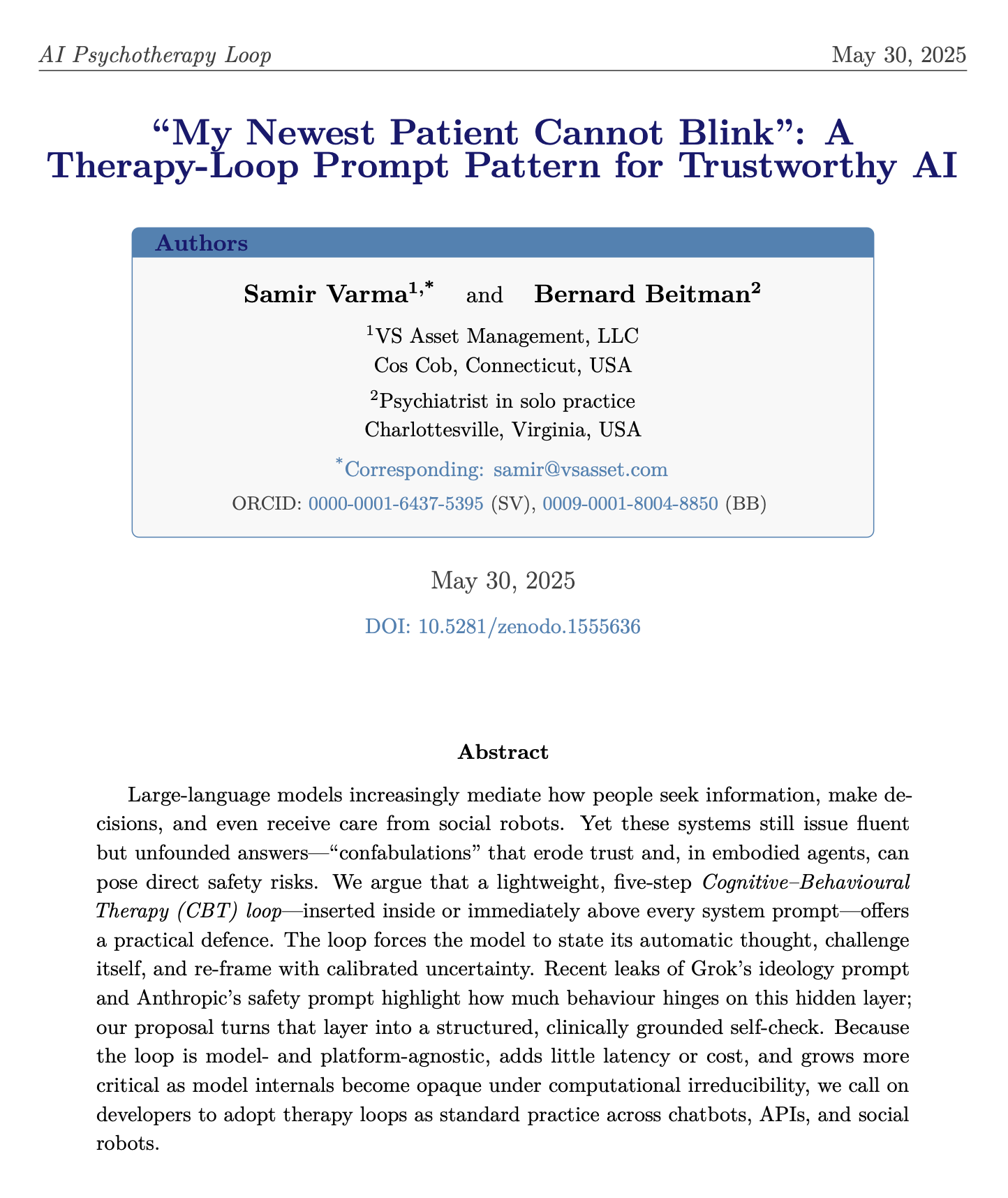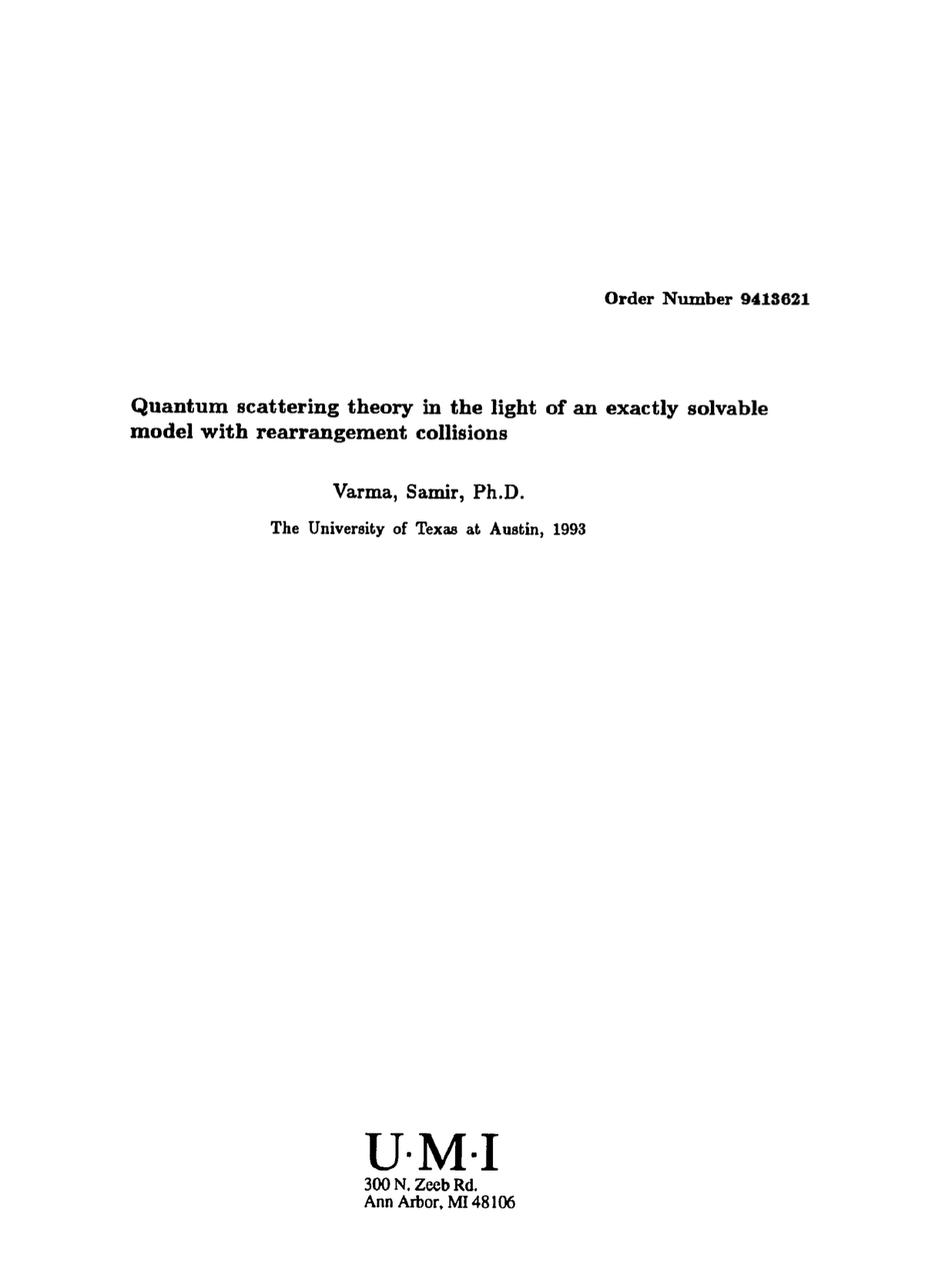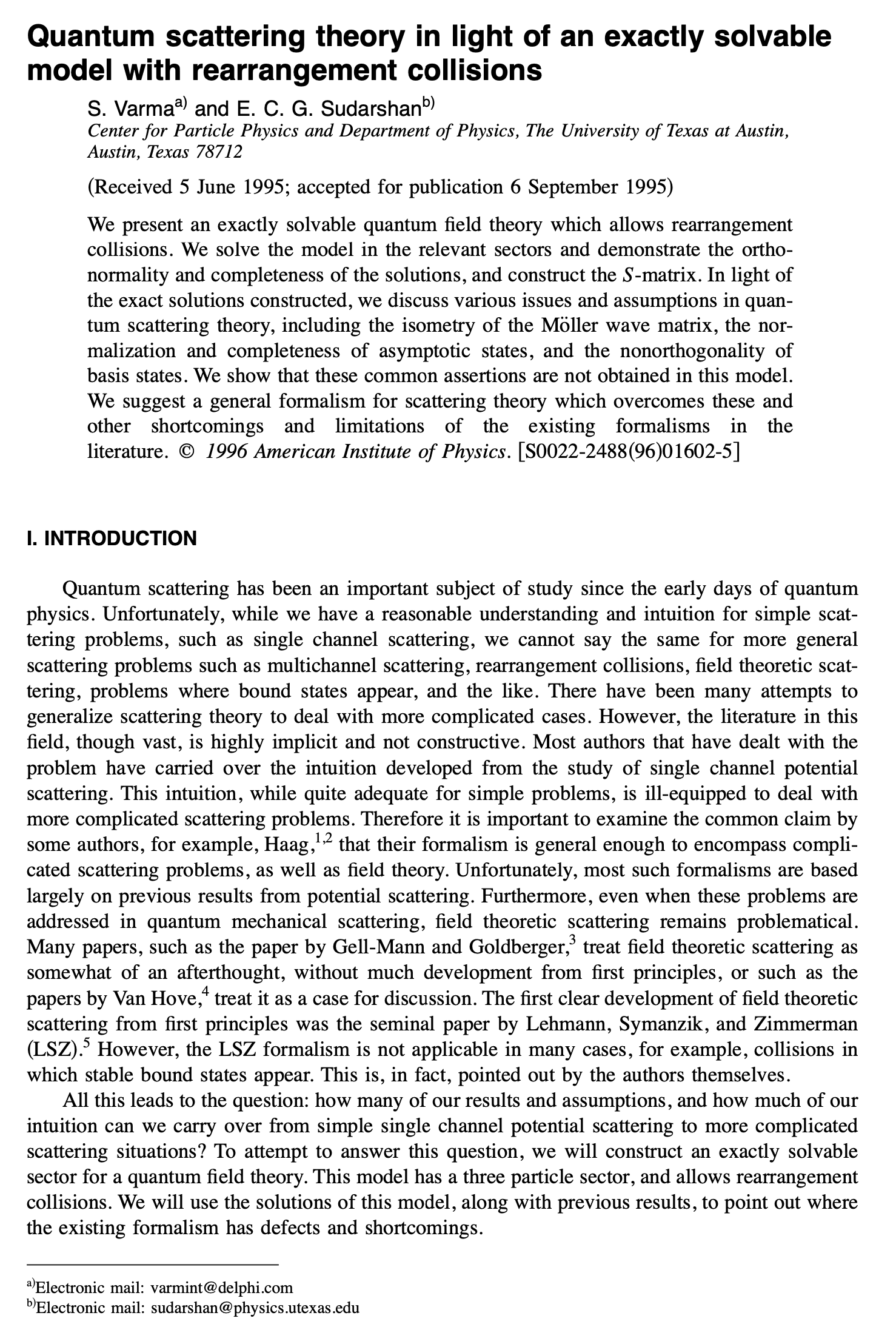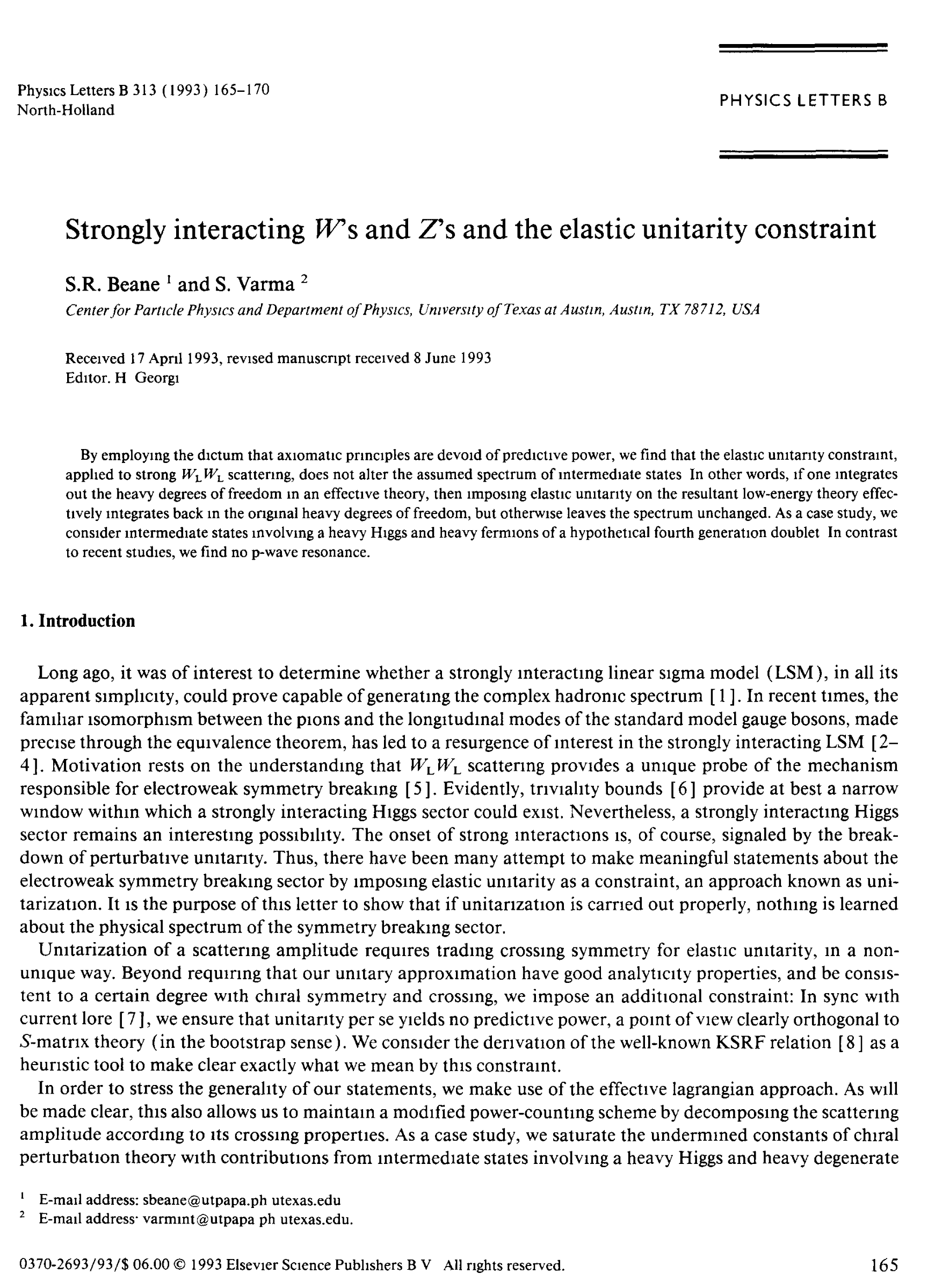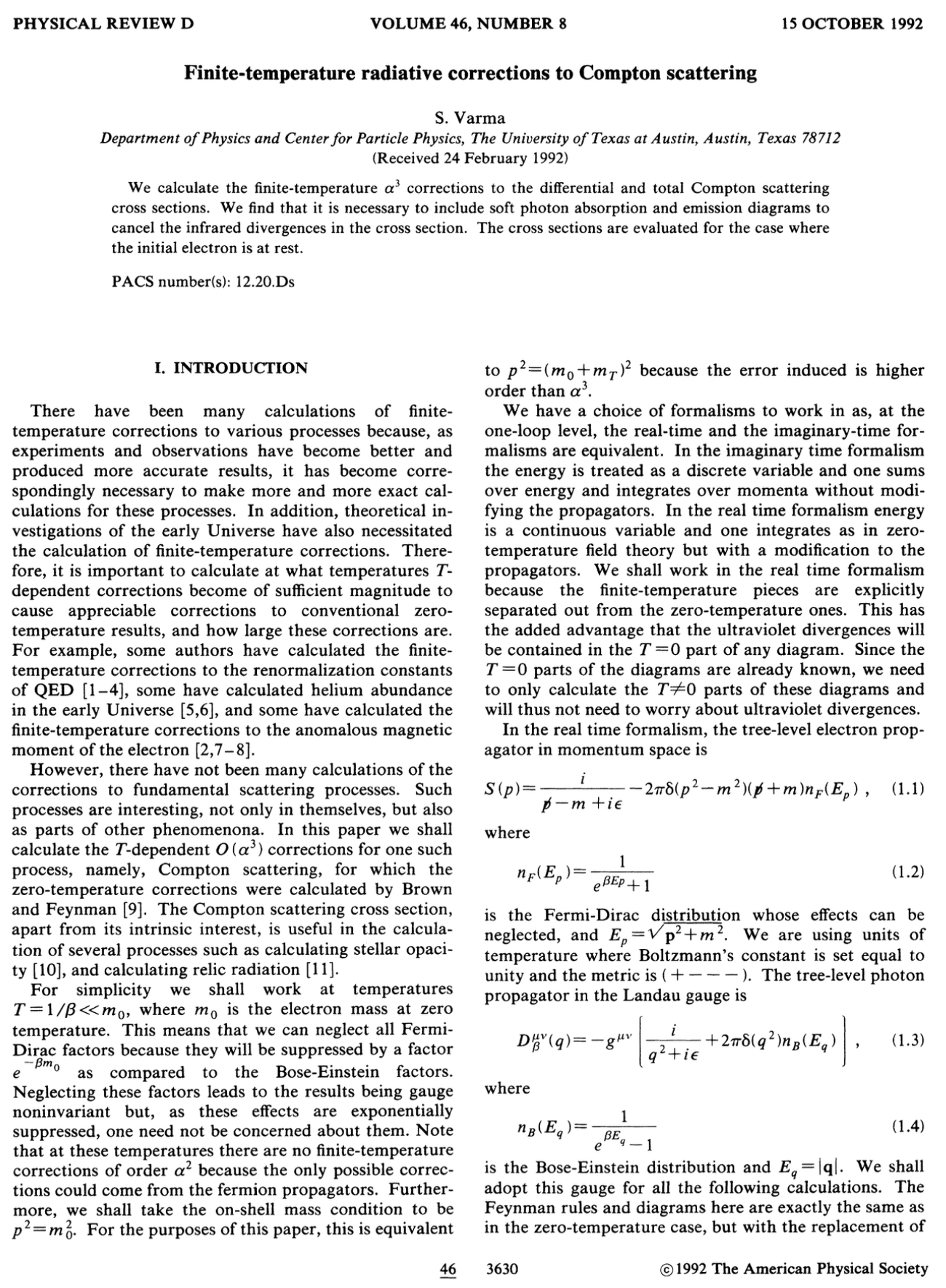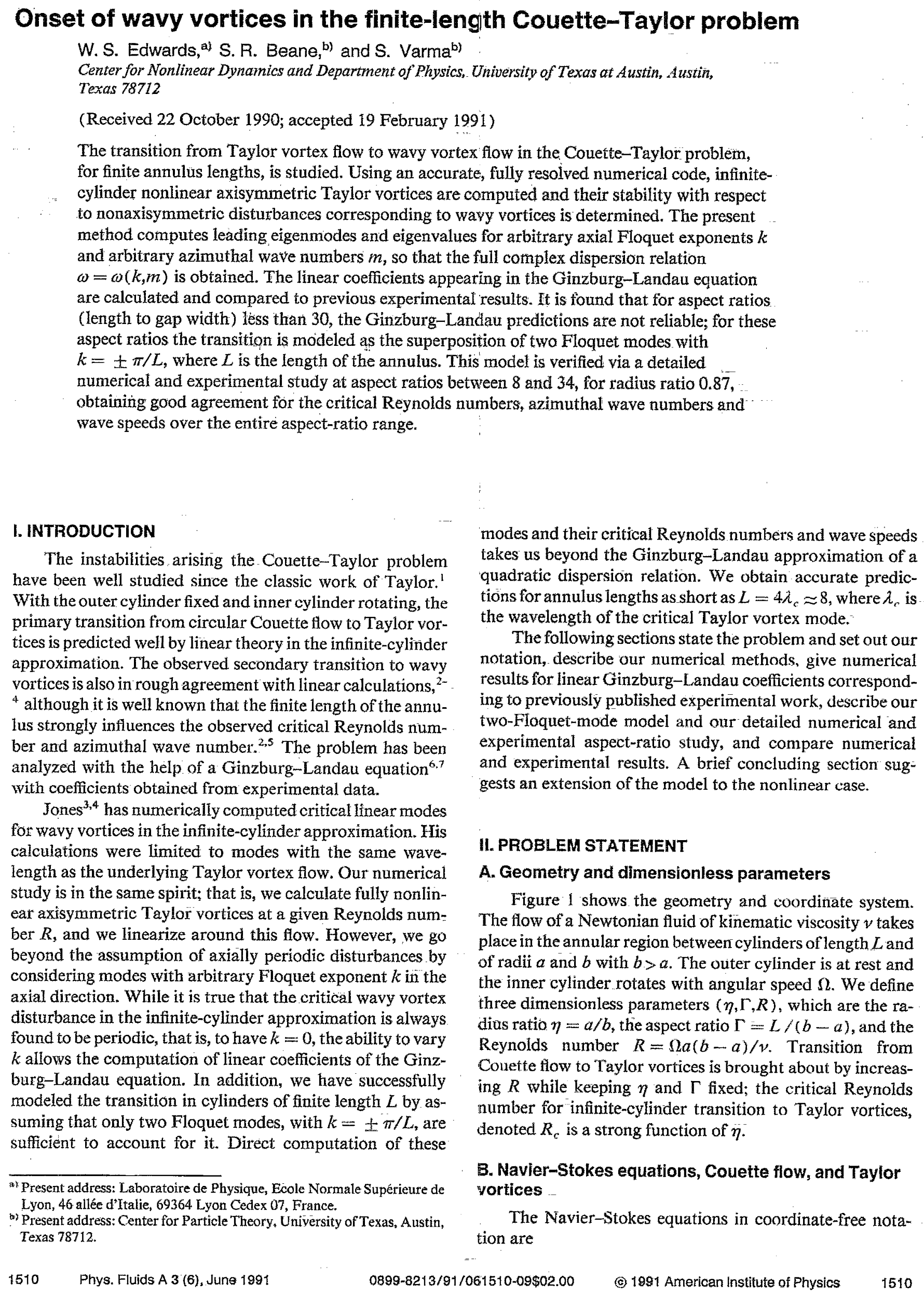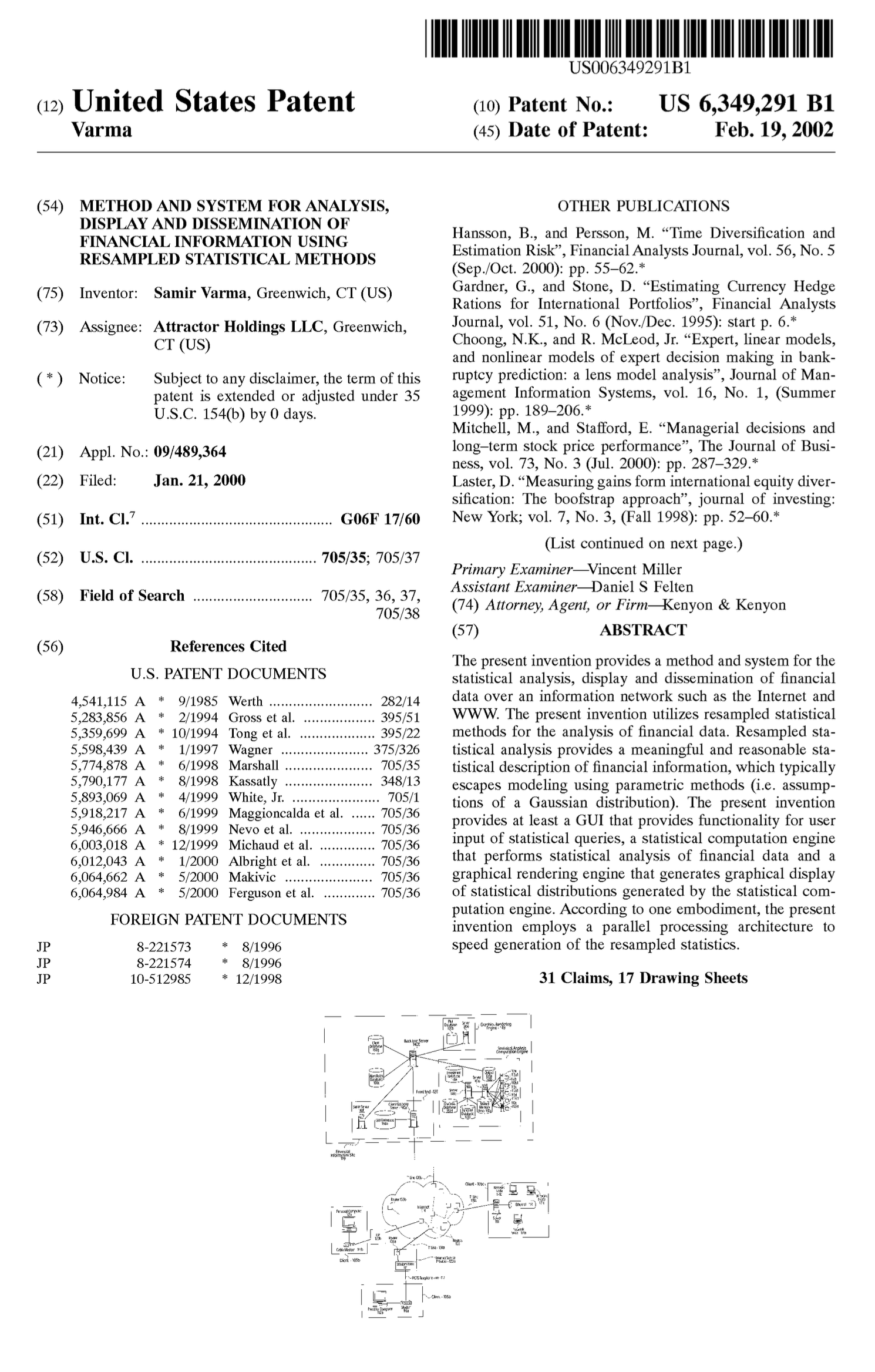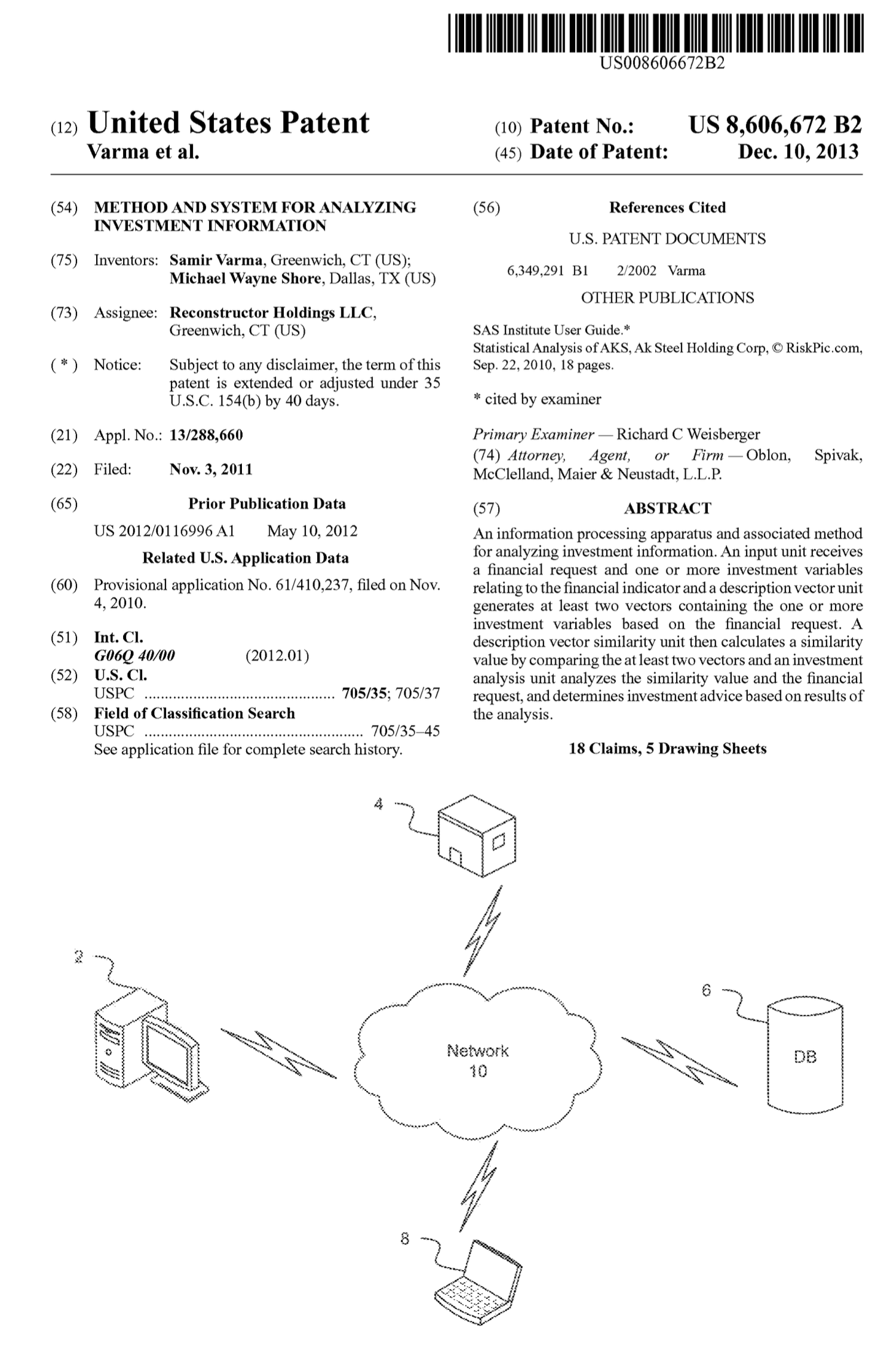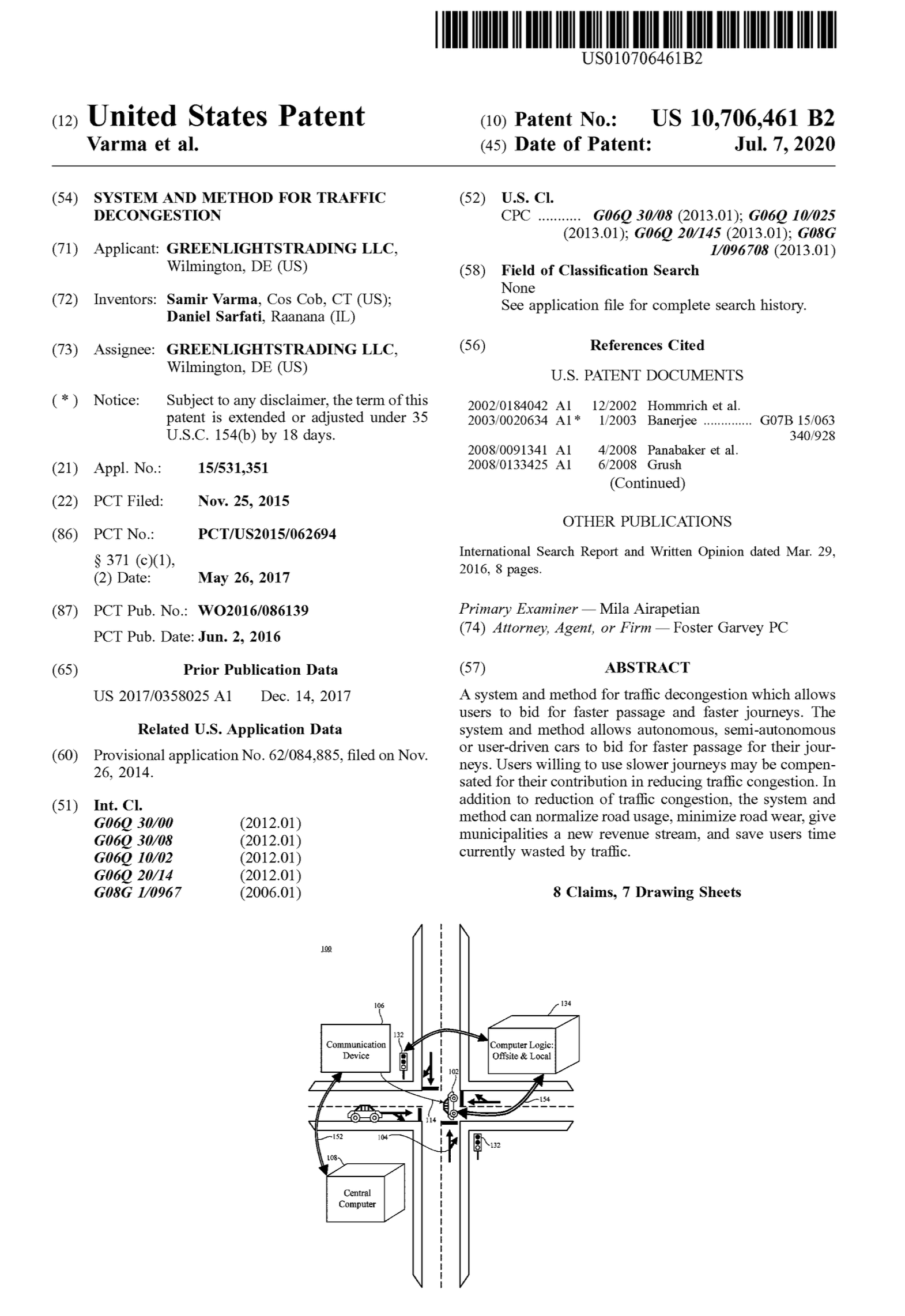Systematic Quantitative Investment Management Using Risk Timing®
VS Asset Management
Publications
A groundbreaking exploration of how physics, computer science, and neuroscience are converging to resolve the ancient puzzle of free will. Through rigorous analysis of quantum mechanics, computation, and human agency, the book demonstrates how determinism and free will can coexist, offering profound implications for AI, consciousness, and human decision-making. The book has been endorsed by leading scientists and thinkers, and features a foreword by NY Times bestselling author Tyler Cowen. Amazon (US): https://amzn.to/4aMQJD1.
Theoretical physics frameworks often require years of study to develop and test experimentally. String Theory proposes that fundamental particles are actually tiny vibrating strings, potentially unifying gravity with particle physics. This theory aims to reconcile quantum mechanics and gravity into a ‘theory of everything’ – an ambitious goal this book will explore.
Co-editor, and chapter contributor.
A very simple way to improve LLM output.
“My Newest Patient Cannot Blink”: A Therapy-Loop Prompt Pattern for Trustworthy AI
Bernard Beitman and I explain how you can use principles from Cognitive Behavioral Therapy to simply and cheaply improve output from Large Language Models. The paper is on Zenodo or you can download directly below.
Download Paper.
Expanding the Horizons of Scattering Theory
Quantum Scattering Theory in the Light of an Exactly Solvable Model with Rearrangement Collisions
Completed under the mentorship of the legendary physicist E.C.G. Sudarshan and reviewed by a committee including Nobel Laureate Steven Weinberg, this dissertation introduces an exactly solvable quantum field theory that incorporates rearrangement collisions—a complex phenomenon overlooked by traditional scattering models. It provides groundbreaking insights into orthonormality, completeness, and the limitations of existing scattering frameworks. The work redefines assumptions in quantum mechanics and field theory, opening new pathways for understanding complex multi-channel interactions.
Download Dissertation.
A Concise Exploration for the Scientific Community
Quantum Scattering Theory in the Light of an Exactly Solvable Model with Rearrangement Collisions
This paper, co-authored with E.C.G. Sudarshan, distills the core innovation of the dissertation into a focused scientific analysis. It presents the model’s application to quantum field theory and highlights its implications for scattering theory, addressing the non-orthogonality of basis states and proposing a general formalism to overcome these challenges. Designed for a technical audience, the paper builds on the dissertation’s foundation to catalyze further research in quantum field theory and rearrangement processes.
Download Paper.
Strongly Interacting Gauge Bosons: Exploring the Limits of Elastic Unitarity
Strongly Interacting W’s and Z’s and the Elastic Unitarity Constraint
This paper, co-authored with Silas Beane, explores the fascinating interplay between strongly interacting gauge bosons and elastic unitarity constraints within the framework of the Standard Model. Using a chiral Lagrangian approach, the authors argue that elastic unitarity, while an essential constraint for consistency, offers no predictive power about the spectrum of intermediate states. Instead, the work highlights how unitarization schemes merely restore the properties of the assumed underlying theory without introducing new resonances. Through a case study involving a hypothetical heavy Higgs and fermions from a fourth-generation doublet, the analysis debunks previous claims of a predicted p-wave resonance, attributing such findings to methodological artifacts.
Download Paper.
Exploring Finite-Temperature Effects in Compton Scattering
Finite-Temperature Radiative Corrections to Compton Scattering
This paper calculates the finite-temperature O(α) radiative corrections to Compton scattering cross sections, a foundational process in quantum electrodynamics with relevance to astrophysics and cosmology. Employing the real-time finite-temperature formalism, the study addresses infrared divergences by including soft photon absorption and emission processes. The results reveal how temperature-dependent corrections influence scattering dynamics, especially under conditions mimicking early-universe phenomena. Notably, the work incorporates numerical computations, likely making it one of the earliest uses of Mathematica for particle physics calculations, marking a pivotal moment in computational physics.
Download Paper.
Understanding Wavy Vortices in Finite-Length Cylinders
Onset of Wavy Vortices in the Finite-Length Couette-Taylor Problem
Co-authored with W. Stuart Edwards and Silas Beane, this paper studied the transition from Taylor vortex flow to wavy vortex flow in the Couette-Taylor system, focusing on the effects of finite cylinder length. At the time, most research relied on infinite-cylinder approximations, which failed to account for the complex behaviors induced by finite boundaries. This work bridged that gap by using advanced numerical methods and experimental validation to introduce a model that superimposed two Floquet modes to explain the transition.
The paper’s findings were significant because they accurately predicted critical Reynolds numbers, azimuthal wave numbers, and wave speeds for aspect ratios ranging from 8 to 34—results that were previously unattained. The research showed how finite boundaries suppress disturbances, a phenomenon that infinite-cylinder theories could not explain. Furthermore, it demonstrated the limitations of Ginzburg-Landau equations at smaller aspect ratios, setting a new benchmark for incorporating experimental boundary effects into theoretical models.
By reconciling experimental and computational insights, this paper advanced the understanding of nonlinear dynamics and fluid instability, with important implications for engineering applications and natural systems involving confined fluid flows.
Download Paper.
Analyzing Financial Data Beyond Traditional Assumptions
Method and System for Analysis, Display, and Dissemination of Financial Information Using Resampled Statistical Methods
February 19, 2002
This patent introduced a groundbreaking system for analyzing financial data using resampled statistical methods like bootstrapping, rejecting the traditional assumption that financial data follows a normal distribution. Conventional tools often underestimated risks by ignoring “fat tails”—rare but significant events that shape real-world market outcomes. Years before the dangers of such oversights became widely acknowledged, this innovation addressed the issue by enabling accurate modeling of heavy-tailed distributions.
The system empowered users to simulate extreme market scenarios, analyze risks more realistically, and visualize results with intuitive graphical outputs. By leveraging parallel processing and internet connectivity, it delivered near-real-time insights, making advanced analytics accessible to a broader audience. This early recognition of fat tails revolutionized how financial risks were understood and managed, paving the way for safer and more informed investment strategies. Its significance remains evident as modern finance increasingly prioritizes understanding outliers over averages.
Download Patent.
Transforming Financial Analysis with Multi-Dimensional Insights
Method and System for Analyzing Investment Information
December 10, 2013
This patent introduced a groundbreaking method for analyzing financial investments using a multi-dimensional framework, where financial data points were represented as “description vectors” in a 3D-like space. Each dimension corresponded to an investment variable, such as risk, reward, or market trends. By calculating the distances between these vectors, the system compared investments, identified similarities or differences, and provided customized advice tailored to user-defined benchmarks or “ideal” portfolios. This approach allowed users to visualize complex relationships among investments and make informed decisions beyond the limitations of traditional 2D financial tools.
This innovation was likely the first to apply three-dimensional modeling to financial analysis, offering a transformative way to compare and evaluate investments. It empowered users to personalize analyses, emphasizing variables they found most relevant, while uncovering subtle patterns and opportunities across asset types. The patent’s versatility made it applicable to stocks, bonds, portfolios, and more, marking a significant leap forward in financial technology. By integrating advanced spatial relationships, it set the stage for modern tools that prioritize dynamic and user-driven investment insights.
Download Patent.
Revolutionizing Traffic Management Through Dynamic Bidding
System and Method for Traffic Decongestion
July 7, 2020
This patent introduces a transformative system for managing traffic through a real-time bidding process. It enables drivers of autonomous, semi-autonomous, and manually operated vehicles to bid for priority passage on roads, bridges, and other infrastructure. The system dynamically allocates travel routes based on users’ willingness to pay for faster transit or accept compensation for choosing slower routes, allowing traffic to be redistributed efficiently. By integrating navigation systems, traffic signals, and central computing, it provides tailored solutions to reduce congestion, normalize road usage, and generate revenue streams for municipalities.
The significance of this innovation lies in its economic approach to traffic management. It prioritizes routes for emergency services and high-value bidders while compensating others for reducing demand on key pathways. This adaptive strategy minimizes road wear, postpones infrastructure expansion, and optimizes resource use, benefiting cities and commuters alike. Additionally, the system empowers users to trade routes in a marketplace-like environment, creating flexibility and financial incentives in everyday travel. It represents a groundbreaking shift toward smarter, data-driven urban mobility.
Download Patent.

